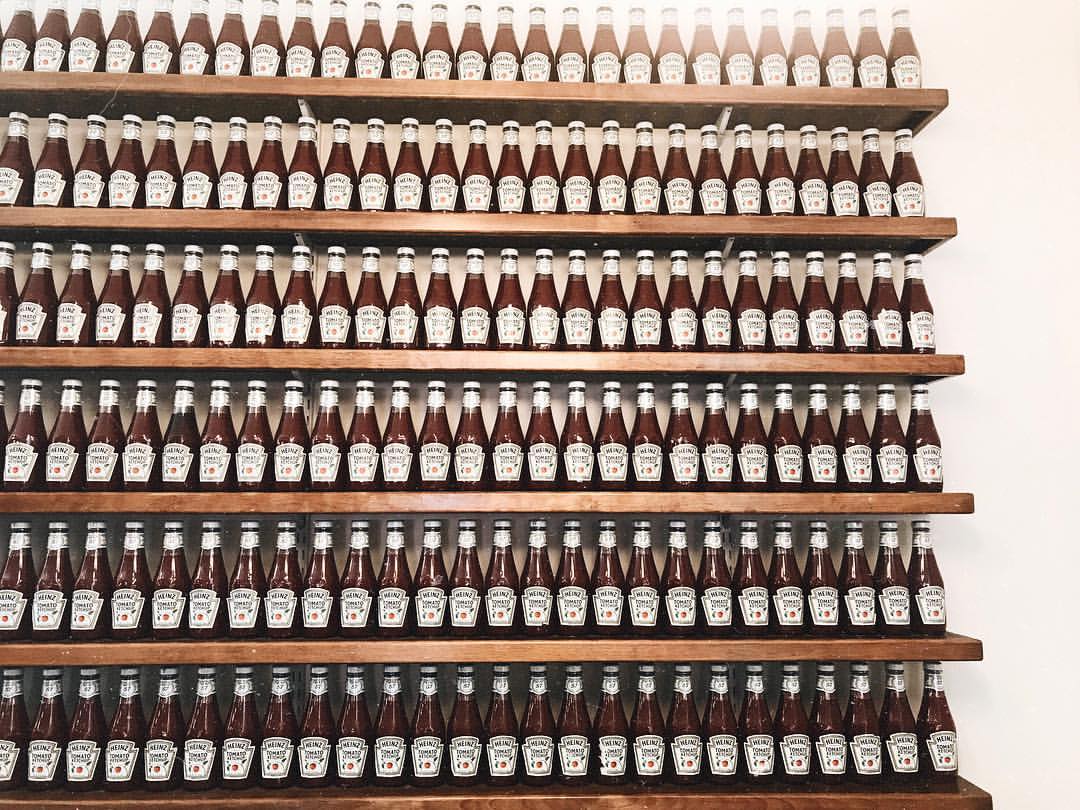Millennials and Breakfast
Millennials will soon inherit the Baby Boomers’ crown as the most important customer
group for the foodservice industry. Roughly defined as those aged 18 to 34, the
millennial population is 80 million strong and expected to represent 40 percent of
restaurant purchases by 2020. (National Restaurant Association)
Millennials currently frequent foodservice locations for breakfast more than any other
generation, by a wide margin. They consider it their most important dining out
experience and are happy to invest in a meal on a weekend morning, usually with
friends, because of their desire for the specific type of casual social interaction these
spots provide.
Millennials grew up in a time where the world was transitioning to digital, and
everything around them was becoming connected...but not on the personal, face-to-face
level humans so deeply need. To remedy this, socialising and having a space to do so
outside the home have become key for the millennial lifestyle.
Millennials also entered the workforce during a recession. As a result, cultural
researchers speculate that they developed a different set of priorities when it comes to
how they spend their hard-earned money. They want to spend it on “experiences' ', not
material items.
The movement to breakfast dining also shifted as the work/life habits of people across
all types of careers moved toward flex schedules or hybrid jobs that encourage non-
traditional work hours. In addition, many companies have begun offering fickle
millennials gourmet in-house lunches as a retention incentive.
And while millennials might lead the way in the use of technology, there's one thing
millennials can't do...make their way around the kitchen! According to a recent study,
nearly 60 percent of millennials don’t know how to make salad dressing and more than
25 percent judged themselves incapable of preparing a birthday cake from a boxed mix.
Research also points to the fact that when millennials were growing up, more women
entered or remained in the workforce, so few of this generation had stay-at-home
parents to teach them how to cook. Instead of cooking, these young consumers have
come to rely on restaurants and carry-out meals, rarely honing the skills they’d need to
prepare their own food. Today, young adults ages 18 to 24 reported spending an average
of just 11 to 17 minutes daily on food preparation and clean-up activities in the past
decade, according to a survey by the Bureau of Labor Statistics.
It’s not surprising, therefore, that breakfast has become the most popular restaurant
day-part, not only for full service restaurants but quick service restaurants as well. They
provide opportunities for more physical connection, more space to relax and tune out,
and more “experience” from their spend, that millennials are seeking.
